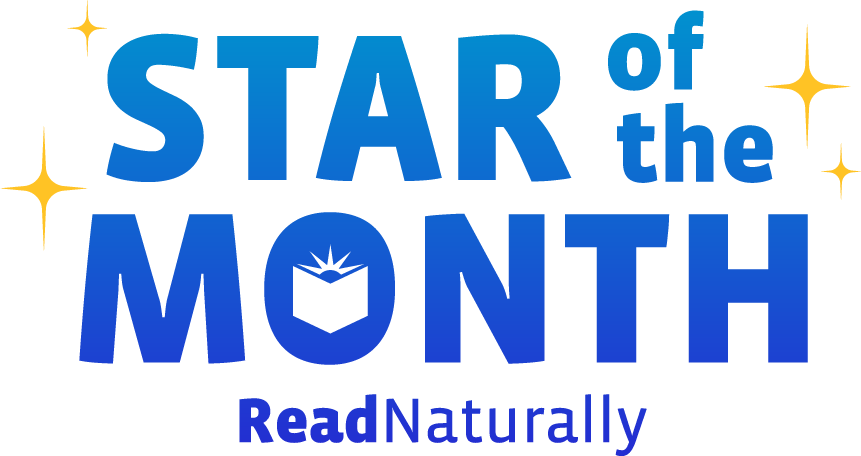When it comes to teaching children to read, the importance of a quality phonics program cannot be overstated. With so many options available, it can be challenging to determine which program will best suit the needs of your students.
Read more Millions of K-12 students across the United States are English Learners (ELs). The majority of these students identify Spanish as their home language. Year after year, the National Assessment of Educational Progress (NAEP) Average Scores for Reading and Mathematics are significantly lower for students who are identified as ELs, in comparison to their peers who are not. It makes sense that limited English proficiency would have an impact on academic achievement where the language of instruction is English. So, what can we do to best support EL students?
Read more Dyslexia exists in all cultures and all languages. However, it does not impact learners in every culture in equal measure; the severity of dyslexia’s impact partially depends on the language a person is learning to read.
Read more In recognition of Dyslexia Awareness Month, Read Naturally begins a series of articles designed to build knowledge around the learning disorder of dyslexia. This first article summarizes the remarkable discovery of the language disorder over 140 years ago.
Read more Dyslexia is one of the main challenges we address here at Read Naturally. For dyslexia awareness month, we want to point you toward the myriad ways in which a Read Naturally intervention can help students with this learning difference.
Read more Each year, the United States celebrates National Hispanic Heritage Month from September 15 to October 15. This heritage month recognizes Hispanic Americans and their ancestors for their contributions to the history, culture, and achievements of our country. We at Read Naturally are honored to celebrate Hispanic Americans and their ancestors. Many Hispanic American students are multilingual learners for whom Spanish is their primary language. To meet these students’ needs, we developed Read Naturally Live—Español.
Read more When it comes to reading intervention, the importance of a quality program cannot be overstated. With so many options available, it can be challenging to determine which program will best suit the needs of your students. Here are eleven key features to consider when looking for a reading intervention program:
Read more The start of the school year is all about getting to know your new students—their personalities, their interests, and their individual needs. Determining which students need extra support in reading, and what that support should look like, are some of the most important decisions you’ll make this year. Thankfully, we’re here to help. Educators can choose from a number of reputable assessments to screen for reading concerns. From there, Read Naturally can help you interpret the data and choose the appropriate intervention.
Read more If you’ve ever had questions about how certain phonics sounds should be pronounced, our Audio Examples of Phonics Sounds page is your new best friend. This page includes an audio demo of the phonics sounds and patterns you and your students will come across in phonics instruction and assessment. It’s also a handy guide to interpreting those breves (˘), and macrons (−).
Read more America has been celebrating Disability Pride Month every July ever since passing the Americans with Disabilities Act (ADA) on July 26, 1990. Recognizing and celebrating individuals with disabilities should be an everyday, every-month practice, but we appreciate having a calendar month dedicated to this work—especially since helping students with disabilities and learning differences is a big part of what we do here at Read Naturally.
Read more  Share your student’s success story—nominate him or her for our Star of the Month award. Win a Barnes & Noble gift card for the student and a Read Naturally gift certificate for your class!
Share your student’s success story—nominate him or her for our Star of the Month award. Win a Barnes & Noble gift card for the student and a Read Naturally gift certificate for your class!